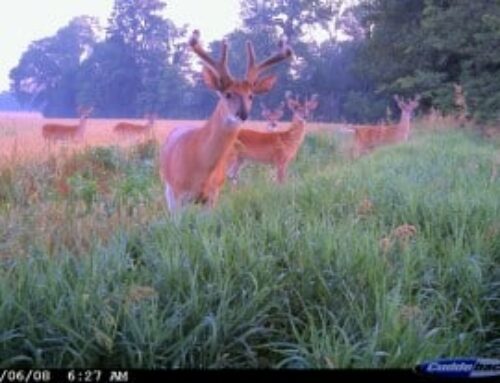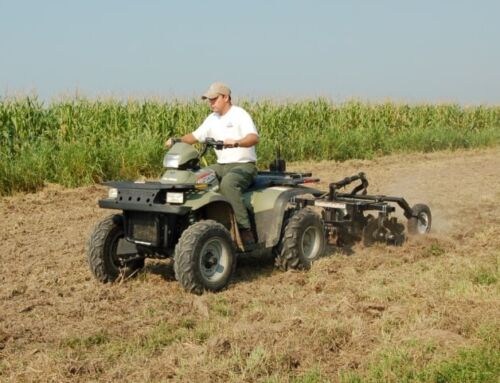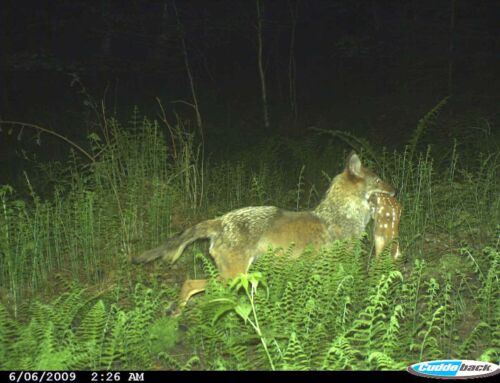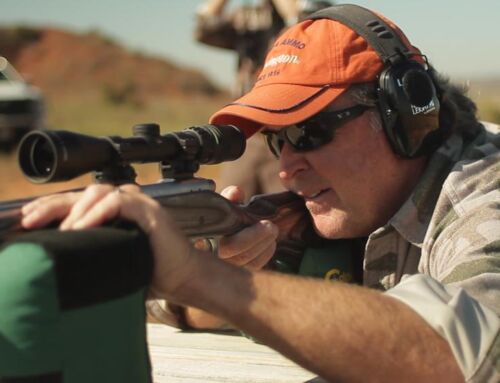Guest blog with some great insight from our good friend Matt “Flatlander” Cheever from Illinois:
Hey Mike: Here’s a good late season blog: Reading the rut and what’s left of it.
I admit I get pretty caught up focusing my rut hunting efforts from November 3rd to November 12th. This is not to say I don’t hunt outside that, I hunt nearly every weekend of the season, but this is the bulk of my vacation time.
This year I noticed some shooter bucks cruising in mid-October. On Oct. 18th I botched a chance at my best bow buck to date, later to have a neighbor get him. Though I came up short against that buck, it told me that big deer were seeking does almost three weeks earlier than I had anticipated.
Using this information along with a lack of deer sightings in early November, I was actually excited to gun hunt Illinois in early December. If I calculated right and does were being bred that third week in October through Halloween (many accounts from friends in the field as well as my observations) then it seemed about right that the does missed would be coming into estrus again in late November or even early December.
I re-energized my efforts for the second gun season, and the later muzzleloader season in Illinois. Both bets paid off and I tagged 2 nice bucks in back to back weekends.
My season is over, but what does this mean for you? In your area, any does “missed” or coming into a third cycle, along with some doe fawns that might come into their first estrus, will mix with bucks in a late-afternoon feed to bed cycle. If you’re still hunting, post-Christmas, New Year’s and early January will likely have some great action.
And remember, temps have been extremely warm in most of the BIG DEER range, and that next major cold front that hits will be your ticket, so get back out there! Good luck and God bless, Flatlander
Good stuff and I add my good luck if you’re still hunting.








Good tips and nice job Matt! Nice bucks
Judging the age of a buck after the rutting cycle can be very difficult. After a buck goes through the rigors of the rutting cycle, most have lost substantial body weight. That buck that would have been easy to judge at the end of October or the first of November might now appear to be something less than he is. One way that I judge deer during the late season is to look at their neck/chest/brisket area. While a bucks belly might now be drawn in, the chest area will provide the valuable information you need to accurately age him. The area where the neck meets the chest/brisket will still be “full”, that is the line from the bottom of his neck to his chest/brisket will be close to a straight line. This is a solid sign that the buck you are looking at is at least 4.5 years old. Also, in many instances the deers skin will appear to be loose, another sign that a once fat and healthy deer is mature.
Very good observations. One thing I might add. In my area of South Georgia, some does still have fawns with them. One very good way to know if a doe is in estrous or is about to come into estrous is whether or not she will tolerate button bucks. If you see a doe that has been with her button buck fawn and then suddenly she is not, it’s a good sign that she is, or is about to come into estrous. Many times the button buck will linger around, but if he gets too close the doe will aggressively run him off. This is a good sign that you have found that magical late season estrous doe.